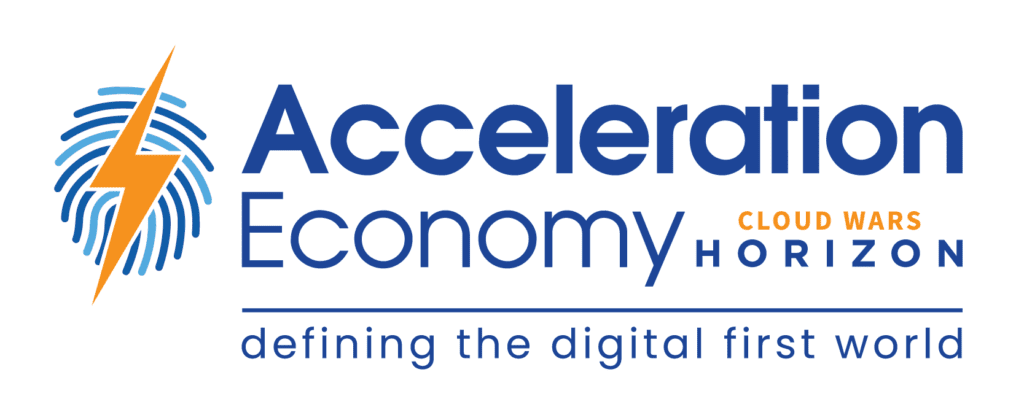The capabilities of the cloud to transform the healthcare industry are profound. Consequently, healthcare providers and their collective pain points are becoming some of the biggest drivers for cloud innovation.
Take Oracle. Chairman Larry Ellison described the company’s healthcare endeavors as so significant they are transforming the organization’s culture. And Oracle isn’t the only cloud provider with a serious commitment to healthcare.
Google Cloud and AWS have developed dedicated cloud technologies for the healthcare sector. And now, there is a new race on to master medical imaging.
Why Is Medical Imaging So Important?
Medical imaging is one of the most important diagnostic tools in the medical arsenal because it enables healthcare professionals to find and identify diseases quickly and assess their progression. Medical imaging, which encompasses procedures like X-ray, MRI, ultrasound, CT, and endoscopy, is advancing at a staggering rate and plays an increasingly prominent role in diagnostics.
When it comes to the cloud, medical imaging has a solid support base. When you separate the images from the healthcare professional’s diagnosis, you’re left with data. Google estimates that as much as 90% of healthcare data is medical imagery.
And when it comes to making data accessible, organized, and coherent, cloud technologies provide the most superior and wide-reaching solutions.
What’s the Google Cloud Play?
Google Cloud recently launched the latest element to its image-based artificial intelligence (AI) offerings, the Medical Imaging Suite. The focus of the technology is to simplify the diagnostic process and reduce the workload on healthcare professionals by using AI to scan medical imagery and make an accurate diagnosis.
If you’ve been following our coverage, you’ll know that AI is becoming increasingly user-friendly, and as a result, companies are onboarding more off-the-shelf AI solutions. The Medical Imaging Suite follows this model and provides doctors with ready-to-go tools for tasks like image labeling and annotation.
There are options for advanced procedures, like bespoke AI modeling and data analysis. However, the technology is fundamentally simple to operate and available as a cloud service where medics can share secure data via Google Cloud’s Healthcare app.
What About AWS?
So, what does AWS have to say about all of this? It, too, has just launched a new advance in medical imaging on the cloud. The service, HealthLake Imaging, comes in the form of new capabilities for Amazon HealthLake, a health data cloud platform launched last year.
These new capabilities expand the existing platform to provide medics with a method of transitioning medical imaging workflows to the cloud. The aim is to make medical imaging data more readily available, better structured, and less energy-intensive — thanks to the absence of duplicates.
The low-latency system enables images to be streamed instantly via multiple devices. Ultimately, AWS is providing a scalable solution that should encourage healthcare providers to switch these processes to the cloud.
Wrap Up
While Google Cloud is focusing on pain points and reducing person hours, AWS appears to be taking a more comprehensive approach. It’s looking at the introduction of cloud-based medical image retrieval and analysis as a driver for cloud adoption.
Undoubtedly, we can expect more organizations to pick up the baton and create more use cases for cloud-based medical imaging. As with any critical use case in the Acceleration Economy, there is space for competition. Success depends on angle, approach, and uniqueness.
For more exclusive coverage of innovative cloud companies, check out Cloud Wars Horizon here:









